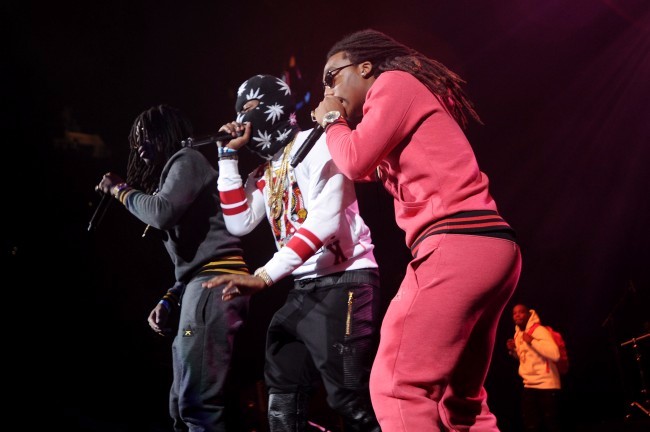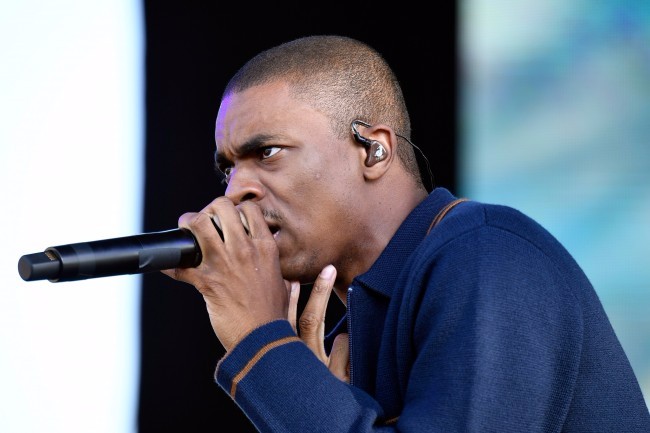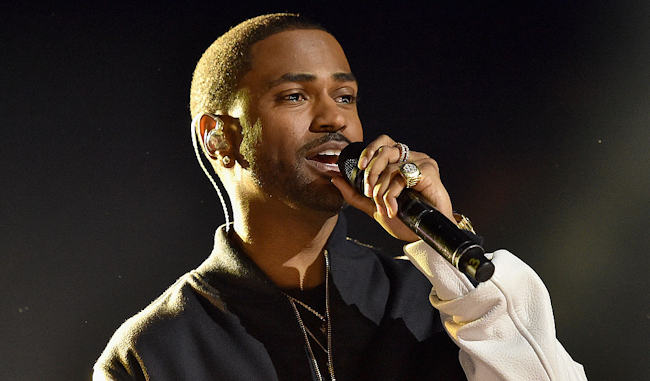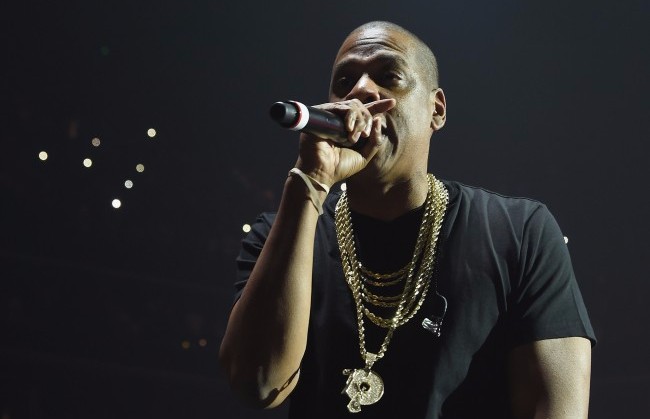Way, way back in 1998, Sprite recruited a supergroup of five rap acts to save hip-hop — and the universe — from the evil Emperor Zarkon in a series of ads for the soda that further ingrained the company into the fabric of the culture. Based on the popular 1980s space adventure cartoon Voltron, the five ads cast the rappers as the pilots of the titular robot’s five component lions, fighting to save the future of the music from an incursion of evil space aliens with the power of dope raps and lemon-lime carbonated sugar water. The Goodie Mob, Fat Joe, Mack 10, Common, and Afrika Bambaataa and the Soulsonic Force came together to rock monochromatic fits, represent the four corners of the hip-hop map, and continue Sprite’s streak of slanging soda to the streets with legendary acts like Pete Rock & CL Smooth and Nas and AZ.
That wasn’t the last time the mighty transforming, lion-composite robot was resurrected; last Monday, binge-streaming service Netflix released the third season of their reboot of the series, Voltron: Legendary Defender. In honor of the near twenty years that have passed since the previous incarnation of the hip-hop Voltron Force, I’m doing a fun thought experiment, listing out which rappers of the modern era would best represent the world-saving pilots of the multi-colored robot lions were Sprite to remake the ad series today. The rules are simple: Each rapper selected must correlate to the representative in the original ads; the blue lion will be the South, the green lion, the East Coast, and so forth.
Check out my picks below, and add your own in the comments.
Blue Lion — The South

In the original commercials, the blue lion was piloted by those purveyors of good old fashioned Southern hospitality, The Goodie Mob. An Atlanta-based rap group that bubbled up from the Dirty South underground (and actually coined the phrase for the first time on record) with hits like “Cell Therapy” and “Soul Food,” The Goodie Mob consisted of members Cee-Lo, Khujo, T-Mo, and Big Gipp. They, along with Outkast, were among the first two groups in rap to prove that “the South got something to say.”
So, who better to pilot the blue lion in 2017 and represent the finest Atlanta has to offer than Migos? Quavo, Takeoff, and Offset have proven that they are clever, insightful, and Atlanta to the core, whether on club knockers like “Bad N Boujee,” or trap staples such as “T-Shirt.” They’ve got a way with wordplay, and incidents such as their recent altercation with Joe Budden are more than enough proof that despite their precipitous rise to fame, they’re still about that action, ready to remove cufflinks with anybody from rap curmudgeons to Robeasts.
Yellow Lion — The West Coast

The yellow lion of 1998 flew into battle with Los Angeles stalwart Mack 10 at the helm. Hailing from Inglewood, California, Mack 10 was an important addition to the lion team at the time, along with Chicago rapper Common, as the prevailing theme was of hip-hop coming together and putting aside old rivalries to overcome a common enemy for the good of all. For a goodly portion of the ‘90s, Common and Westside Connection, Mack 10’s group with fellow Angelinos WC and Ice Cube, had beef with Com stemming from his 1994 Resurrection, “I Used To Love H.E.R.,” which they perceived to be an attack on the West Coast. The Hoo-Bangin’ Records label chief had made his bones as a non-stop representer of the West Coast on tracks like “Foe Life” and “Bow Down,” with Westside Connection.
His successor couldn’t be anyone other than Long Beach’s own Vince Staples. Aside from Vince’s well-documented love of Sprite (and his pre-existing endorsement deal with the brand), very few rappers go all in on representing the West than him. While he may take some issue with the color provided, as his affiliation demands a more muddy shade of bandana, nobody bangs harder on the Coast than the kid who named several tracks on his major label debut after his neighborhood set at Ramona Park. Vince’s fiery raps prove he’s “War Ready” to take on Zarkon’s troops.
Red Lion — The Midwest

Common — formerly known as Common Sense — was the most obvious choice for Midwestern rapper in 1998, largely because there weren’t too many other well-known representatives of that particular portion of the US then. It was more or less hip-hop’s last frontier, with a vibrant underground scene comprised of acts like Twista, Slum Village, Tech N9ne, and Rhymesayers that hadn’t yet bubbled over to mainstream consciousness. Common was still a great pick though, as in ‘98, he was coming off his most commercially successful album at the time, One Day It’ll All Make Sense, and was well-known as a creative, intelligent, unique mind in alternative rap.
The obvious pick for his replacement is Chance the Rapper, the biggest name in Chicago rap, but slow down. After all, in the intervening decades, Midwestern rap’s footprint has grown to encompass cities like Minnesota and Detroit, and even Chicago’s once-burgeoning indie scene has exploded outward into numerous different offshoots like Drill. Despite strong showings from all over the region, the rapper who would most likely have the most fun with his role as a member of the Voltron Force is Big Sean, whose tongue-twisting, experimental raps provide a fun stylistic diversity to the group along with his cheeky wordplay bringing needed levity to the proceedings. Besides, his clean cut image would probably sell more cans than the haunted-looking Vic Mensa or Chief Keef, and spare Chance any more weird, anti-corporate backlash.
Green Lion — The East Coast

Fat Joe, believe it or not, was once looked upon as one of New York rap’s ruggedest representatives. As a member of underground, hyper-lyrical Diggin’ In The Crates crew alongside Showbiz & AG, Lord Finesse, and the late, great Big L, Joe was one of the last torchbearers of the dusty-breakbeat-sampling, boom-bap era of rap, but also one of the first to recognize the shift in the landscape and adjust accordingly. While Joe’s big breakout wouldn’t come until 2001’s Jealous Ones Still Envy with pop-rap jingles like “What’s Luv?” with Ashanti, in 1998 he was still three albums deep, with Don Cartagena being his latest calling card by the time Sprite came calling. At the time, he was still rocking with Violator, rapping over DJ Premier beats, and had just recently discovered multi-syllable slinging, soon-to-be superstar Big Punisher.
So it’s only right that his seat in the green lion go to one of the biggest beneficiaries of his time in hip-hop’s limelight, Cardi B. While the one female in the group has traditionally piloted the blue lion, for the purposes of keeping our regional replacements rule in place, we’ll make an exception. Quite simply, Cardi is the sound of New York right now, with her “Bodak Yellow” ringing off equally at home and outside of the five boroughs, much like the Don Cartagena himself before her. While she’s not exactly a D.I.T.C.-quality rapper, those skills will likely come with time (and Joe wasn’t really a standout in the group either), and D.I.T.C. isn’t exactly all the rage right now anyway. The only member of Love & Hip-Hop to actually chart on Billboard’s Hot 100 isn’t going anywhere anytime soon, and Sprite would be smart to scoop her up for our hypothetical remake.
Black Lion — The Head

This one’s tricky. In the original campaign, finding a rap forefather was as simple as looking back twenty years and seeing that no one had as great of an impact as Afrika Bambaataa and The Soulsonic Force, with their electro-rap bushwhacking a trail for others to follow. However, that was twenty years ago and now we have another twenty years of rap history to sort through (and some rather unfortunate accusations that paint the onetime legendary godfather of rap as more of a dirty uncle in hindsight). It’s not as easy as acknowledging “Planet Rock” as one of the most important records in hip-hop culture anymore.
So, while looking for the perfect beat, we have to ask: Who has done as much for hip-hop in an equivalent sense since 1998? Only one person can be said to have moved from the forefront of rap’s star players to one of its biggest front office operators, and that person is none other than the business, man himself, Jay-Z. In the final original ad, it’s Bambaataa who rallies the battered troops to form Voltron and take out the rampaging Robeast, rapping: “It’s time for us to unite” with peace between the disparate regions becomes the overarching tenet of the Voltron Force’s coming together. In much the same way, Jay has become the elder statesman of rap, doling out words of wisdom and admonishments to set aside petty grievances and ill-advised hustles on 4:44. As the smartest man in rap, there is no one better to form the head of our hip-hop Voltron and lead the charge into the next two decades of rap adventures.






